By Matthew EhretIt has come to my attention in recent years, that the world financial system is one giant bubble sitting atop a hyperbolically growing aggregate of unpayable debts that can do nothing but default at a given moment. Looking at the world from the point of view of the inevitable collapse of the financial system, it becomes quite apparent that there is currently a race to define the new system that will replace it. These two opposing paradigms are reflected in the Unipolar outlook advanced by the World Economic Forum which recently promoted a “Great Global Reset” vs a Multi-polar outlook reflected by the evolving New Silk Road (which is fast spreading infrastructure and win-win cooperation across Africa, Latin America and the war-torn Middle East). In a previous paper published on the Rising Tide Foundation entitled “Open System Pathways for a Multi-Polar Future”, I introduced the clash between open vs closed systems. Where the former is shaped by an idea of infinite potential growth in quality and quantity, the later is shaped by a strict belief in limits and fighting over diminishing returns of resources in a depressing universe where creativity is limited to distracting and entertaining sheep- but not guiding new scientific or technological discoveries that expand the boundaries of human potential. In this essay, I will introduce another aspect of this fight which is seen in the dispute between entropic vs anti-entropic systems. Entropy is a concept that is closely associated with the 2nd Law of thermodynamics). The Origins of an Entropic IdeaWikipedia states that: “In a thermodynamic system, pressure, density, and temperature tend to become uniform over time because the equilibrium state has higher probability (more possible combinations of microstates) than any other state.” Entropy exists as a statistical process in all CLOSED systems, and the term arose from the study of heat powered machines in the early 19th century led by Sadi Carnot. Carnot observed that a machine will always use more heat for work than it generates over time leading to a predictable winding down of its potential for action. A few years later, this idea was applied to gas theories. To give a concrete example: Let us say you heat up a can of spray paint until it explodes. In the first moments, there will be a LOW Entropy as the heated molecules bounce around hitting each other a lot. Lots of potential for change and singularities. With every passing moment after the can explodes, those molecules will tend to collide less and less as the heat distribution decreases, activity decreases and the molecules of the system “tend to become uniform over time” under increasingly higher and higher states of entropy. So far, everything is pretty straight forward and benign. The problems come in when entropy is universalized. British Empiricist and general misanthrope Sir Arthur Eddington described entropy thus:
Now why would a leading scientist assert that the very disagreement a new theory may have with another theory (entropy) is itself proof that said new theory is embarrassingly wrong? Isn’t this a bit unscientific? Well, let us treat that question with a higher question: Who ever proved that entropy and the 2nd law of thermodynamics is something which can be put onto the entire universe?? When we start looking at transcendental concepts like LIFE, MIND, or MORALITY we tend to find that entropy breaks down in the most devastating manner. The Biosphere as a State of Anti-EntropyLet’s start with Life. Rather than seeing any evidence that living matter began at low entropy in a closed system within the pre-Cambrian epoch 500 million years ago and moved into states of increasing heat death/high entropy (aka: diminishing potentials for change)… we see just the opposite to be the case. Observations show us that Life has evolved from relatively boring single celled organisms to ever more differentiated and complex systems of self organization both creating and consuming ever higher states of energy to perform work. Not only that but leaps from lower states of life from non-life to life, and from unconscious life to conscious life and from conscious life to self-conscious thinking life. The great Russian biogeochemist Vladimir Vernadsky noted in his essay the Evolution of Species and Living Matter (1928) that the biosphere was itself an open system shaped by the intersection of cosmic radiation and internal radiations emanating from within the earth and was driven by a directed flow of creative disequilibrium towards higher states of anti-entropy. Vernadsky stated:
Zeroing in on the mechanism driving this growth which he described in detail as the increased biogenic migration of atoms through the biosphere, Vernadsky stated:
At a certain point in evolutionary history, a new phenomenon appeared with the rise of human reason which forever altered these biospheric mechanisms. Vernadsky described it as “the noosphere” saying:
The NoosphereFollowing a similar pattern observed in the evolution of biospheric systems, human/noetic systems defined by self-consciousness, creative reason, and free will also express a directed anti-entropic change, but in a more concentrated way. Comparing early tribal/cave dwelling societies with more advanced agricultural societies and comparing those societies with 16th century societies using water and wind power, to 18th century societies using steam power to 19th-20th century electricity-based societies to 20th-21st century atomic power-based societies, we find that humanity doesn’t become less complex but rather more complex and differentiated, as the noosphere grows. Unlike other animals, humanity’s carrying capacity is relative to the discoveries it makes (or fails to make) over time. In his 1872 book Unity of Law, the great American System economist Henry C. Carey who understood the clash between open vs closed paradigms better than most economists today, eloquently described how humanity’s understanding extends itself ever more perfectly to the invisible forces of the universe with certain moralizing and uplifting effects which benefit all members of that society. Carey noted that by discovering the laws of nature ever more perfectly, nature itself became increasingly the servant to our minds as we develop sails, or telephones, and electric heating/cooling etc. Extending this concept from villages to nations, Carey forecast the rise of a new paradigm:
The devout Malthusian praying in the church of entropy will say that while the systems defined by life and mind may appear to exhibit anti-entropic properties, they are merely anomalies floating within an overarching dying universe. In this cynical view, every new baby is just a form of cancer needing to be kept under control by a Malthusian master class in order to slow entropy abysmal path to nothingness (aka: Heat death). In response to such minds, Carey said:
For the current purposes of this article, I will leave out a deeper discussion into the anti-entropic nature of the universe beyond life and mind, since that requires more space that a short essay will allow, but suffice it to say, we have barely scratched the surface of our tiny corner of a solar system amidst an ocean of billions of suns within a milky way which itself orbits an array of other galaxies which we only began to discover a few generations ago. Anyone to speak absolutely about the nature of this universe might be skipping steps. Max Planck Steps inAt the end of his 1935 Philosophy of Physics which extolled high praise on the directed evolution, harmony and creative growth of the universe, the great Max Planck tackled the problem of entropy in an interesting manner:
The fact is that the school of systems analysis that became the language for a revival for Malthus’s core closed system thinking in the post-WWII world increasingly embraced a certain school of statistical quantum mechanics which both Einstein and Max Planck did battle with at the ends of their lives due to the school’s total rejection of causality. These new social engineers applied their theories to human self organization which stated that the 99% of humanity were like fish multiplying in a closed glass fish tank. Like the randomized stochastic activity of molecules hitting each other in the exploding spray can or gas tank, the fish may act however they feel and desire, as long as their action stays confined to the parameters of the glass tank. The fixed rules of scarcity defined by the limits of the earth, resources, agricultural potential, energy access (and soon carbon quotas) are likened to the walls of the glass tank to be controlled by an elite class of alphas. The cure for this misanthropic philosophy contaminating so much of the economic field today is found in the study of original works by Henry C. Carey, Max Planck and the great Vladimir Vernadsky who all insightfully recognized that mankind was destined for something much greater than imperialists can imagine. In his essay “Some Words About the Noosphere” (1943), Vernadsky watched the ravages of WWII but saw a brighter destiny beyond the chaos:
The author recently delivered a lecture “Destroying the 2nd Law of Thermodynamics”: 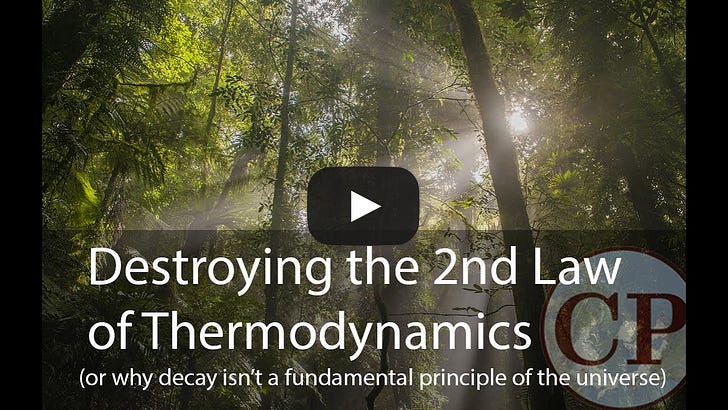 The Rising Tide Foundation is a non-profit organization based in Montreal, Canada, focused on facilitating greater bridges between east and west while also providing a service that includes geopolitical analysis, research in the arts, philosophy, sciences and history. Consider supporting our work and making a donation today and subscribing to our page free of charge.
|
Wednesday, 9 April 2025
Will Entropy Define the New World Paradigm?
Subscribe to:
Post Comments (Atom)
Protect your peace like it's worth something.
Because, well...it is. ...

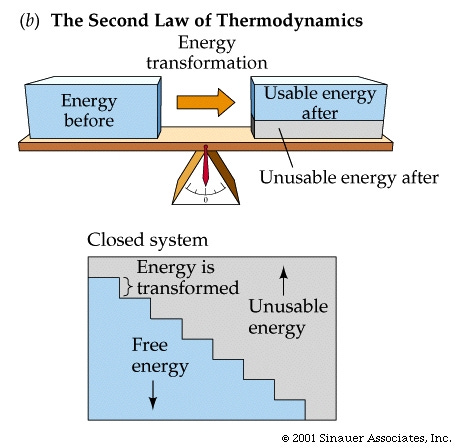
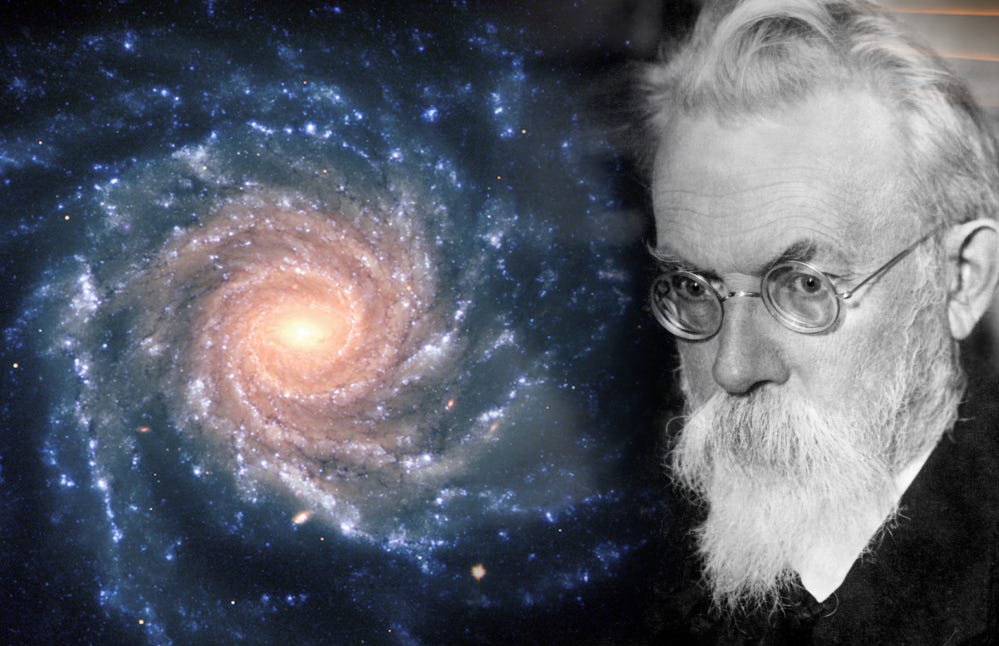
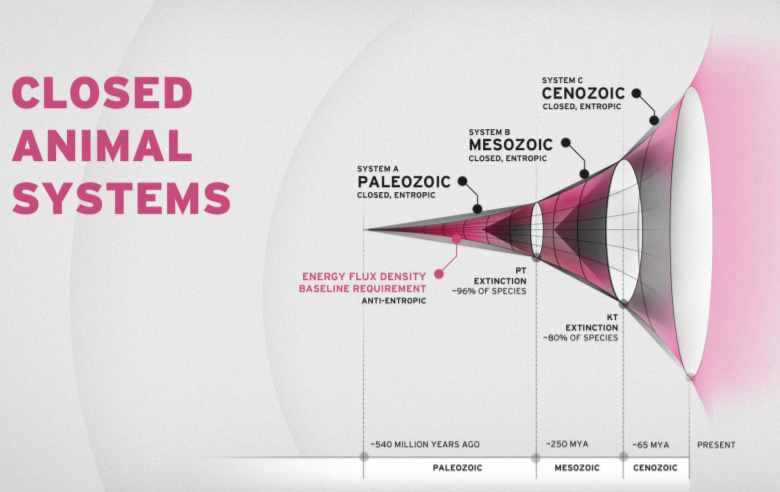
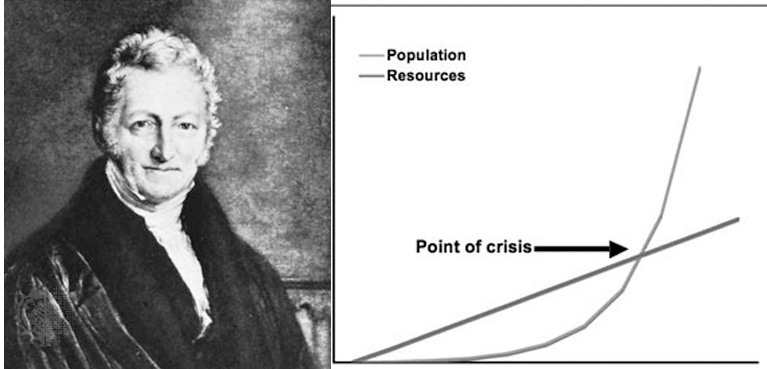
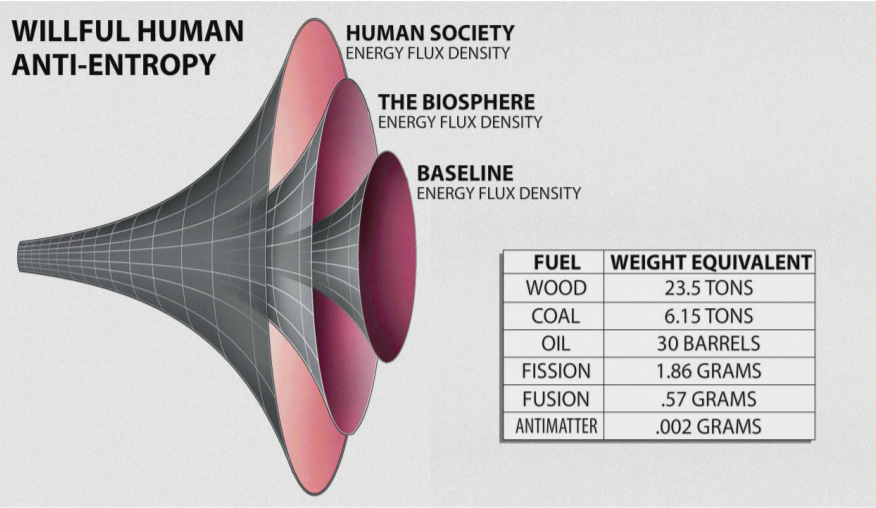
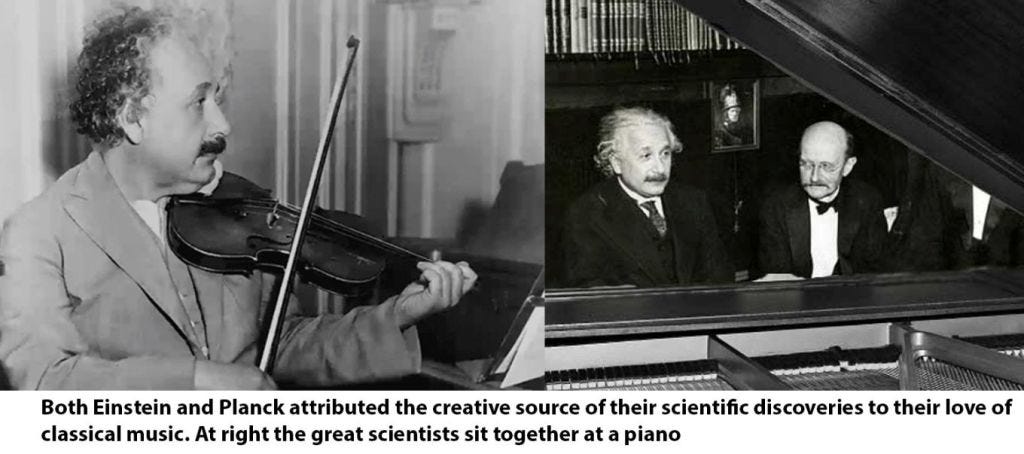
No comments:
Post a Comment